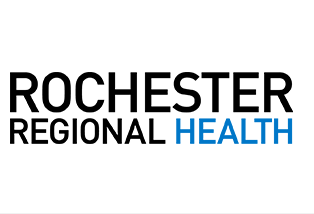Demographic Factors Influencing the Impact of Coronavirus-Related Misinformation on WhatsApp: Cross-sectional Questionnaire Study
Department
Internal Medicine
Document Type
Article
Publication Title
JMIR Public Health and Surveillance
Abstract
Background: The risks of misinformation on social networking sites is a global issue, especially in light of the COVID-19 infodemic. WhatsApp is being used as an important source of COVID-19-related information during the current pandemic. Unlike Facebook and Twitter, limited studies have investigated the role of WhatsApp as a source of communication, information, or misinformation during crisis situations.
Objective: Our study aimed to evaluate the vulnerability of demographic cohorts in a developing country toward COVID-19-related misinformation shared via WhatsApp. We also aimed to identify characteristics of WhatsApp messages associated with increased credibility of misinformation.
Methods: We conducted a web-based questionnaire survey and designed a scoring system based on theories supported by the existing literature. Vulnerability (K) was measured as a ratio of the respondent's score to the maximum score. Respondents were stratified according to age and occupation, and Kmean was calculated and compared among each subgroup using single-factor analysis of variance and Hochberg GT2 tests. The questionnaire evaluated the respondents' opinion of the veracity of coronavirus-related WhatsApp messages. The responses to the false-proven messages were compared using z test between the 2 groups: coronavirus-related WhatsApp messages with an attached link and/or source and those without.
Results: We analyzed 1137 responses from WhatsApp users in India. Users aged over 65 years had the highest vulnerability (Kmean=0.38, 95% CI 0.341-0.419) to misinformation. Respondents in the age group 19-25 years had significantly lower vulnerability (Kmean=0.31, 95% CI 0.301-0.319) than those aged over 25 years (P<.05). The vulnerability of users employed in elementary occupations was the highest (Kmean=0.38, 95% CI 0.356-0.404), and it was significantly higher than that of professionals and students (P<.05). Interestingly, the vulnerability of healthcare workers was not significantly different from that of other occupation groups (P>.05). We found that false CRWMs with an attached link and/or source were marked true 6 times more often than false CRWMs without an attached link or source (P<.001).
Conclusions: Our study demonstrates that in a developing country, WhatsApp users aged over 65 years and those involved in elementary occupations were found to be the most vulnerable to false information disseminated via WhatsApp. Health care workers, who are otherwise considered as experts with regard to this global health care crisis, also shared this vulnerability to misinformation with other occupation groups. Our findings also indicated that the presence of an attached link and/or source falsely validating an incorrect message adds significant false credibility, making it appear true. These results indicate an emergent need to address and rectify the current usage patterns of WhatsApp users. This study also provides metrics that can be used by health care organizations and government authorities of developing countries to formulate guidelines to contain the spread of WhatsApp-related misinformation.
DOI
10.2196/19858
Volume
7
Issue
1
Publication Date
1-30-2021
Recommended Citation
Bapaye, J. A., & Bapaye, H. A. (2021). Demographic Factors Influencing the Impact of Coronavirus-Related Misinformation on WhatsApp: Cross-sectional Questionnaire Study. JMIR Public Health and Surveillance, 7 (1) https://doi.org/10.2196/19858


